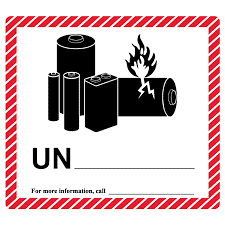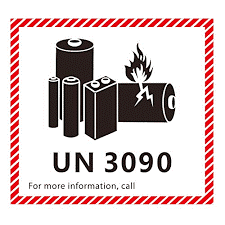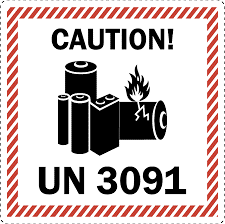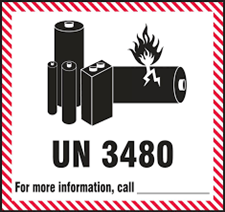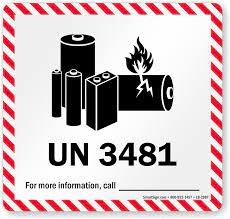- 8700 nw 100th street Medley,Fl 33178
have question? call us 786-863-8444
Packing Solutions LLC. | More Than Just Packaging


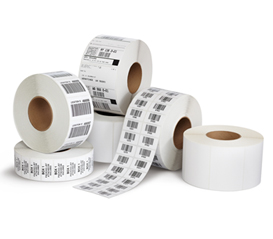
Thermal label manufacturer dedicated to total customer satisfaction.
Our history begins for more than 20 years, manufacturing high quality thermal labels, thus achieving the best preference result in the market.
Functionality meets perfection.
We always seek the best innovation in everything we do, to achieve compliance with the best quality standards.
You may know that the two types of thermal labels are: transfer and direct. But what are their differences?
These thermal transfer printer labels require a ribbon when printing. Both the labels and the ribbon feed through the printer, and the printer applies heat to the ribbon to transfer the wax and resin onto the label (hence the term thermal transfer). The printer uses the ribbon similarly to the way an inkjet printer would use ink to print on paper, but with heated wax and resin replacing the ink. Ribbons are available in colors other than black, so you can have multicolored printing. The resulting label is scratch resistant, can be detailed, and can last a long time. View our transfer labels selection
Direct labels do not require a ribbon to print. The labels feed through the printer and the printer applies heat directly to the label (hence the term direct thermal). As the print head runs over the label, it heats the label and a chemical reaction with the face stock causes the heated portions to darken. Think of a receipt printer when you think direct thermal. Since direct thermal printers do not require a ribbon, they can be smaller and take up less space. It is also cheaper to buy direct labels since you do not have to purchase ribbon. The downside to direct thermal labels is that they are not scratch resistant (premium direct thermal is somewhat scratch resistant, but not completely heat resistant) and they do not last as long especially when stored in warm places or in direct sunlight.
Ever wondered how to tell the difference between a thermal transfer label and a direct thermal label? There is one simple test that you can use to tell if a label is direct thermal. Take the label and scratch it quickly with your fingernail as if you were lighting a match. It may take a couple of hard strikes. If a dark mark appears on the label, it is direct. If no dark marks are left on the label, it is thermal transfer. Some coated labels may take a quicker, harder strike to leave a mark.
Can’t Find the Label You are Looking for? Create Your Own Custom Label Today!
SIZE W X H | LABELS/ROLL | ROLLS/CASE | CORE |
|---|---|---|---|
4”X1” | 1350 | 9 | 1″ |
4”x2” | 700 | 16 | 1″ |
4”x3” | 500 | 16 | 1″ |
4”x4” | 600 | 10 | 1″ |
4”x5” | 500 | 10 | 1″ |
4”x6” | 450 | 9 | 1″ |
4”x1” | 5500 | 4 | 3″ |
4”x2” | 2900 | 4 | 3″ |
4”x3” | 2000 | 4 | 3″ |
4”x4” | 1500 | 4 | 3″ |
4”x5” | 1200 | 4 | 3″ |
4”x6” | 1000 | 4 | 3″ |
Thermal transfer labels require a ribbon when printing. Both the label and the ribbon fed through the printer, and the printer applies heat to the ribbon to transfer the wax and resin onto the label. The resulting label is scratch resistant, can be detailed and can last a long time.
Can’t Find the Label You are Looking for? Create Your Own Custom Label Today!
SIZE W X H | LABELS/ROLL | ROLLS/CASE | CORE |
|---|---|---|---|
4”X1” | 1350 | 9 | 1″ |
4”x2” | 700 | 16 | 1″ |
4”x3” | 500 | 16 | 1″ |
4”x4” | 600 | 10 | 1″ |
4”x5” | 500 | 10 | 1″ |
4”x6” | 450 | 9 | 1″ |
4”x1” | 5500 | 4 | 3″ |
4”x2” | 2900 | 4 | 3″ |
4”x3” | 2000 | 4 | 3″ |
4”x4” | 1500 | 4 | 3″ |
4”x5” | 1200 | 4 | 3″ |
4”x6” | 1000 | 4 | 3″ |
Direct thermal labels do not require ribbons to print with. The process uses heat o start a chemical reaction within the label itself.
Direct thermal labels are one of the most economical labels a wide range of short-term applications.
ITEM # | SIZE | RL/CS | PRINTER TYPE |
|---|---|---|---|
RD360 | 110X360 | 12 | DATAMAX |
RD245 | 110X245 | 12 | DATAMAX |
RZ450 | 110X450 | 24 | ZEBRA |
2 x 3" 3 x 5"








